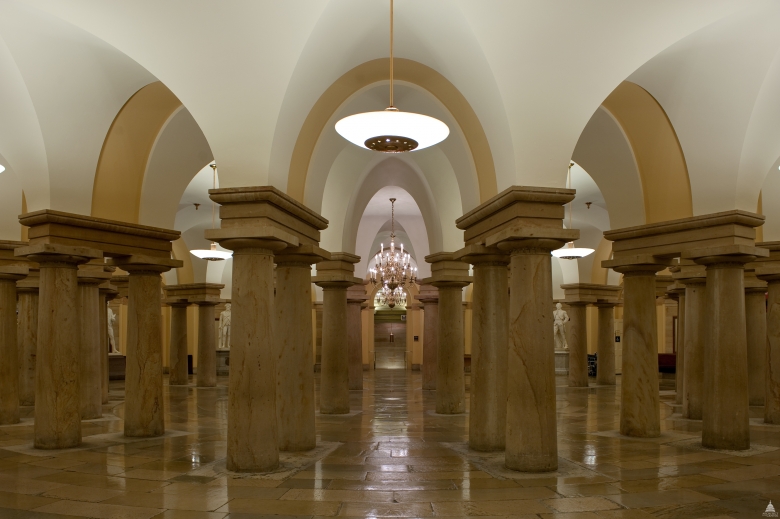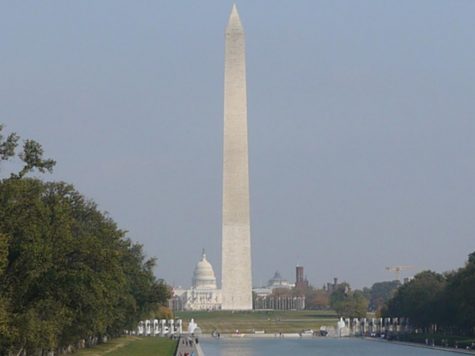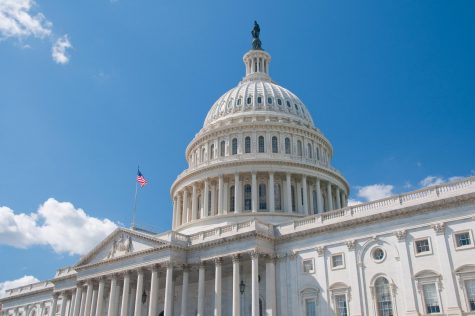What lies beneath the surface
Almost anyone who lives within the District can shed a light on the abundant amount of history that embodies our nation’s capitol, however, not everyone can shed that same light on all of the District’s secrets.
One of the most well-known buildings in D.C. area is the Capitol Building. On the last edition of Did you know, D.C.?, the focus was the highest point on the Capitol Building. This time, the focus will be beneath it.
Construction of the Capitol itself had started in 1793, during the time of the first American President, George Washington. With more than five different levels and 540 rooms, it would be an understatement to say that the Capitol is of modest size. Beneath the surface of the building and on one of the many levels, sits an empty crypt. A crypt is an underground room or vault that is used as either a chapel or a burial place, but in this case, it was designed to be the resting place of one of America’s founders.
Upon the death of Washington in 1799, the designers of the Capitol went to Martha Washington, George Washington’s wife, and asked and recieved for her approval to build a tomb for her late husband in the Capitol. Plans were then constructed to begin the building of the tomb underneath the floor that supported the rotunda. This room was designated as a crypt and would serve as the entry to the tomb.
During this building period, delays wracked the construction efforts of the buildings, notably by the interruption due to the War of 1812. Two years later, the British set fire to the Capitol, nearly destroying the entire building. When construction was taken back up after the war had ended, it was to rebuild what was lost, including new rooms.
The central section of the Capitol is made up of the rotunda and the crypt, which was not completed until 1827 under eyes of Charles Bulfinch, architect of the Capitol. During all the fuss, plans to return Washington to the Capitol fell apart when attempts were made to retrieve his body from Mount Vernon, the President’s home, due to restrictions of Washington’s will and refusal from the then owner of the plantation, John Washington.
With a vast amount of subterranean space, the Capitol is not just a historical monument or a neoclassical piece that showcases America’s beauty and power, but it is also the tip of an iceberg. Think of what you do not see. It is a building with many roots, which in D.C. is not uncommon.












